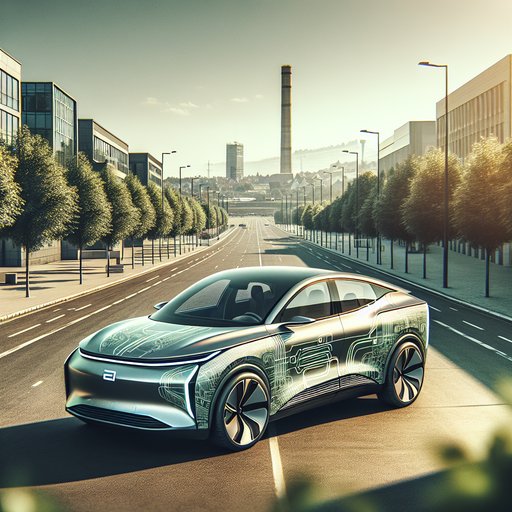
We spent a week with the all‑new, hybrid‑only 2025 Toyota Camry to measure how its fifth‑gen Toyota Hybrid System performs outside the lab. Our focus: real fuel economy, drivability, and calibration quality across city streets, suburban commutes, and extended highway stints.
The 2025 Camry pairs a 2.5‑liter Atkinson‑cycle four with Toyota’s latest hybrid system and an e‑CVT. Output is rated at 225 hp for FWD and 232 hp with the optional e‑AWD (rear motor assist). A compact lithium‑ion battery sits under the rear seat to preserve trunk space and enable stronger regen than the prior generation. Drive modes include Eco, Normal, and Sport, and there’s a “B” range on the shifter for increased deceleration on descents.
Our test car was a FWD SE on 18‑inch all‑season tires. Over 412 miles (45% city, 40% highway, 15% suburban), ambient temps ranged from 62–78°F with A/C active. We ran a controlled 50‑mile highway loop at a GPS‑verified 70 mph, plus a stop‑and‑go urban loop with average speeds under 20 mph. Fuel used was regular 87 octane; tire pressures were set to the door‑placard spec.
Acceleration is more than adequate for a family sedan: we recorded 0–60 mph in 7.6 seconds and 50–70 mph in 4.8 seconds. The e‑CVT holds revs under heavy throttle, but calibration is improved—the engine doesn’t flare as abruptly, and it settles quickly once at cruise. Around town, the car frequently glides on electricity at neighborhood speeds and will occasionally sustain EV mode at 45 mph on gentle grades. Blended braking is a highlight.
Pedal feel is linear, with a clear but unobtrusive hand‑off from regen to friction near the bottom of the stroke. In Eco and Normal, lift‑off decel is mild, suiting coasting drivers; slotting the shifter into “B” adds useful regenerative drag on long downhill stretches without feeling grabby. The system typically maintains the battery state of charge in the mid‑range, enabling consistent EV assists even late in a drive. Efficiency results track well with Toyota’s targets.
EPA estimates reach up to 51 mpg combined for FWD trims (AWD models are lower). We averaged 49 mpg overall for the week, including hills and traffic. The 70‑mph highway loop returned 46–47 mpg, while our urban loop delivered 54–56 mpg with careful throttle. Notably, A/C use trimmed about 1–2 mpg on the highway but had less impact in city driving where regen recovers more energy.
Cabin noise is low at cruise, and engine intrusion is brief unless demanding full power on on‑ramps. Verdict: the new Camry Hybrid’s powertrain balances punchy real‑world performance with top‑tier efficiency. Unless you need all‑weather traction, the FWD setup maximizes mpg and feels lighter on its feet; e‑AWD adds confidence on slick roads with only a small economy penalty. For commuters prioritizing low running costs and smooth drivability, this is the benchmark non‑plug‑in hybrid sedan right now.












